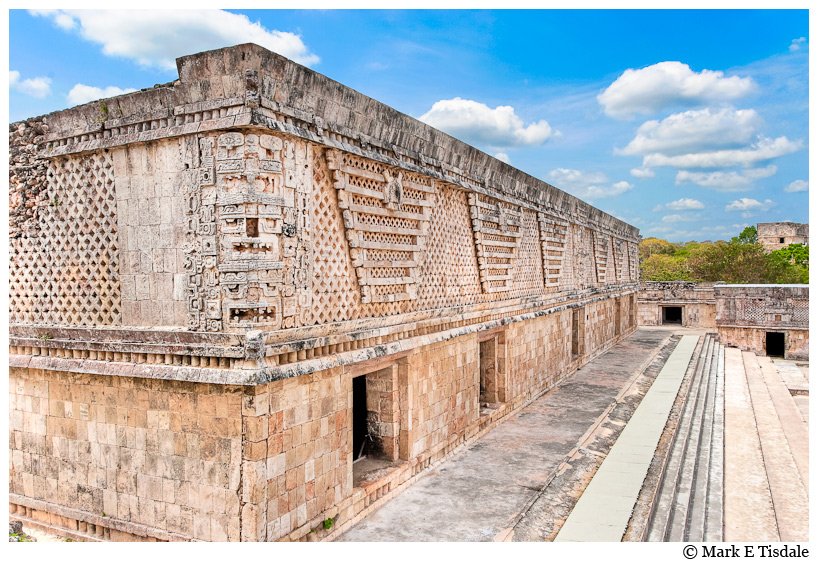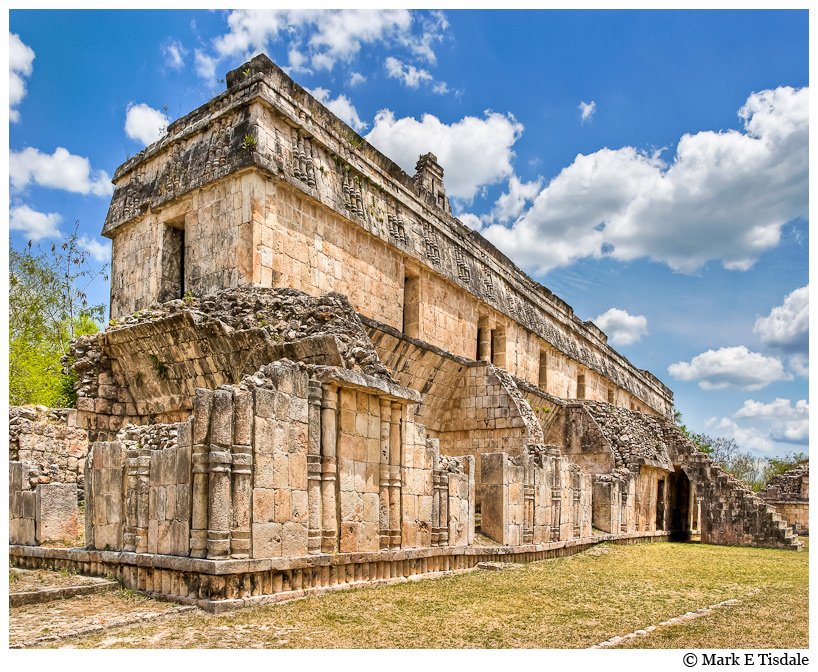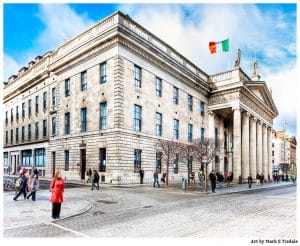Scenes from the Puuc Hills – Uxmal & Kabah
If you’re ever planning a trip into the Yucatan to see ruins, you should really try to get into the Puuc Hills. From Mérida, Uxmal and Kabah are an easy day trip, but these are just the tip of the iceberg of Puuc Hill ruins to see! One day I will go back to see these, too! None-the-less, the ruins I did visit were excellent. The ruins in this area of the country have the distinction of having a style of Maya architecture named for them. Aside from their architectural distinction, they also differ from low land counterparts in not being built over Cenotes (sink hole access points to the underground rivers of the Yucatan). Instead, the Maya built large cisterns in these cities to capture rain water for the dry months. This really highlights how advanced the Maya were, and if the theory that droughts were largely responsible for the end of the Maya way of life, these people were probably the first to suffer.
Uxmal, the first place I visited is visited by tourists but not nearly so heavily as Chichen Itza which made it a great change of pace. People were living at Uxmal around 500 AD. It flourished for sometime as the main city in the region, but its star dropped after the fall of Chichen Itza. By the time the Spanish arrived, Uxmal was already largely abandoned.

This photo shows part of a large complex of buildings adjacent to the main pyramid at Uxmal. The first Spaniards to study these ruins thought that it looked like a nuns convent, hence the name. It’s believed that the buildings pictured here may have been a school for princes. This was the last building of the quadrangle, note the masks on the corner, these are masks of Chac Mool, the rain god, and are on each corner of this building. Also note the elaborated decorations. This is typical of the Puuc style. The prominence of the rain god highlights the importance of water to the people living in Uxmal.

Pictured here is a palace at the site of Kabah. These ruins are even less visited and there’s been far less reconstruction. Although the site is not pristine, one still gets more of an idea of what is really found in these Maya ruins when the jungle is cleared away. There was a city at Kabah as early as the 3rd century. Kabah reached it’s height around the 8th, but by the 11th century, the site was abandoned. This again may have been due to the pressures of a drought. We are still mostly guessing as to what led to the decline of these pre-colombian societies. At any rate, the beautiful palace in this photo appears to have had 30 or more rooms and is remarkably intact considering how long it’s been since it was inhabited.
Uxmal is a UNESCO World Heritage site. Kabah, on the other hand, is not listed, but should be on the list of anyone visiting the area who appreciates these past cultures.
If you enjoyed these photos of ruins, you can see more from the Yucatan Maya in the following gallery:








